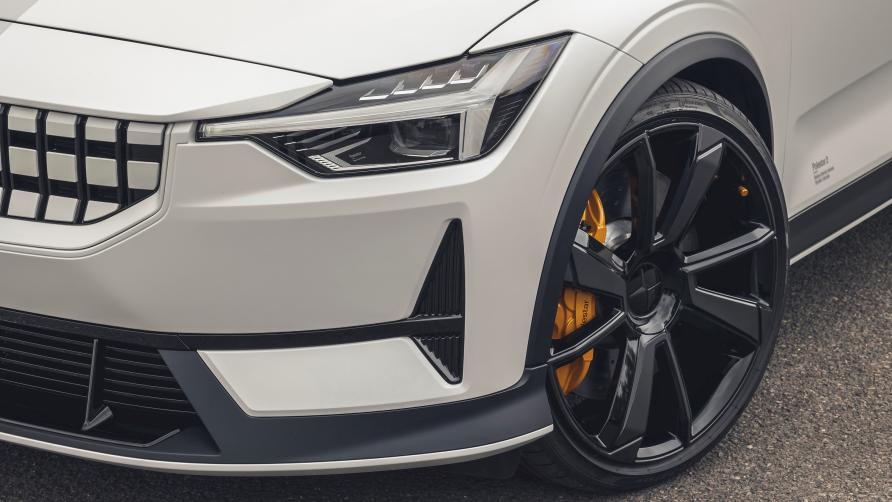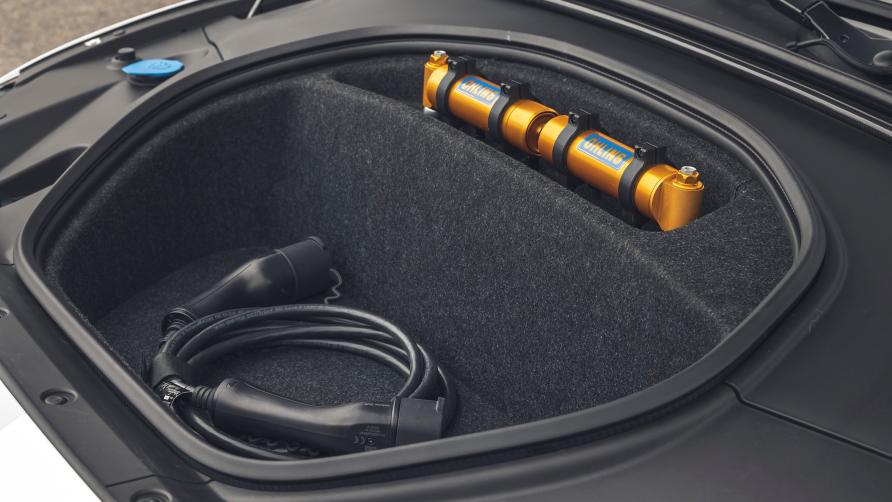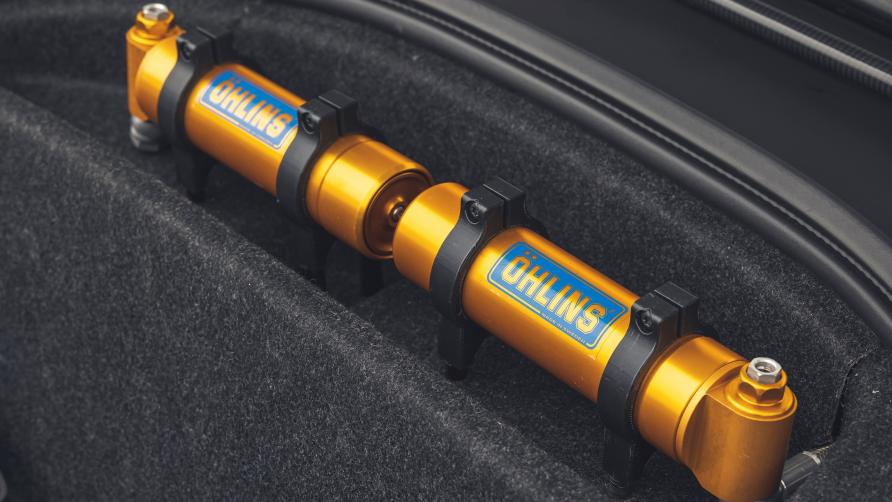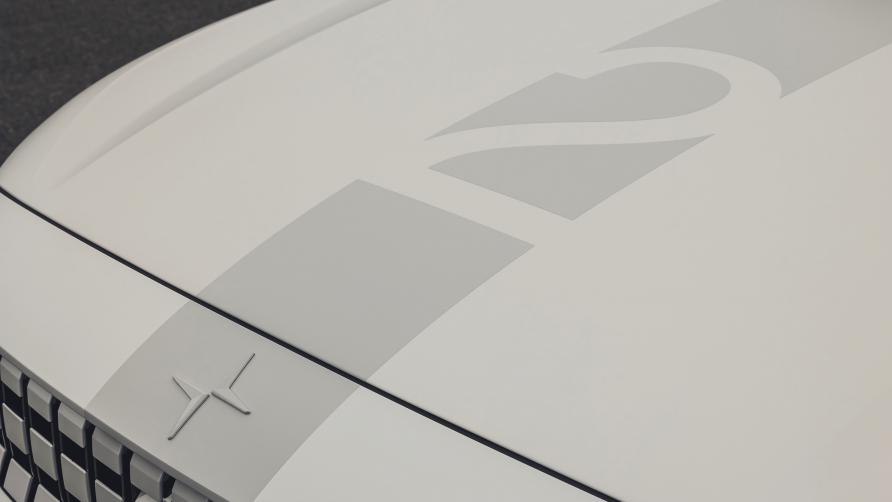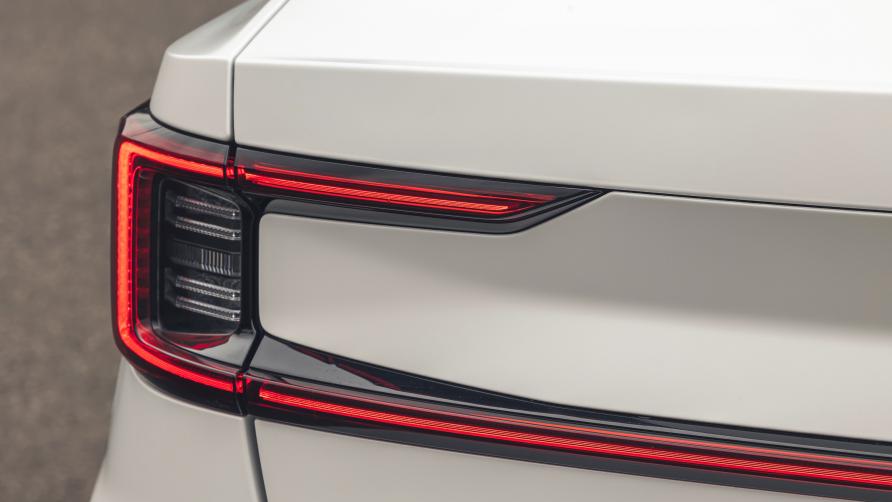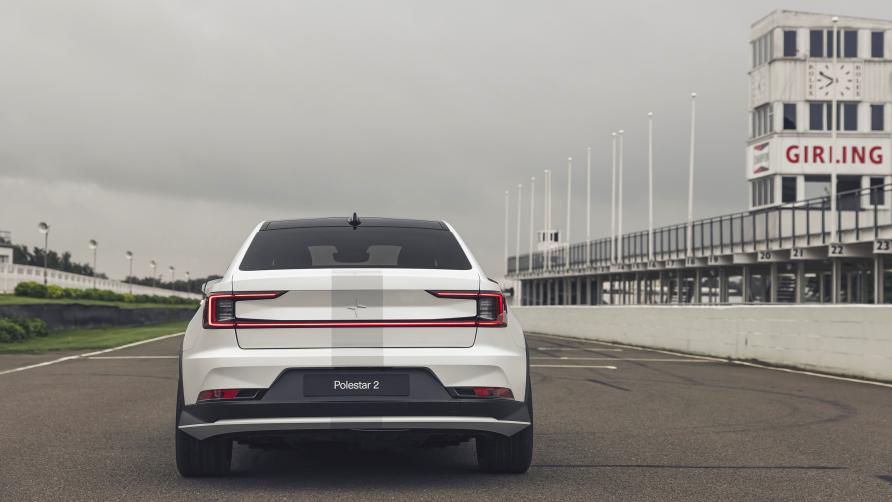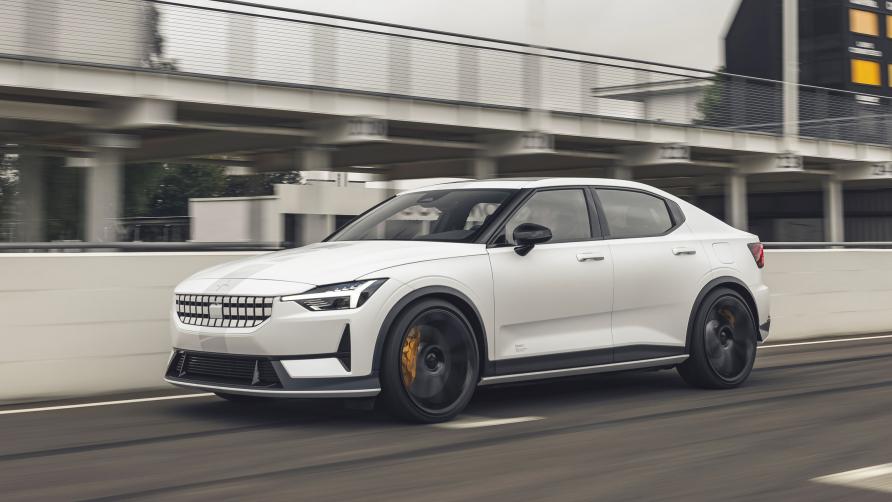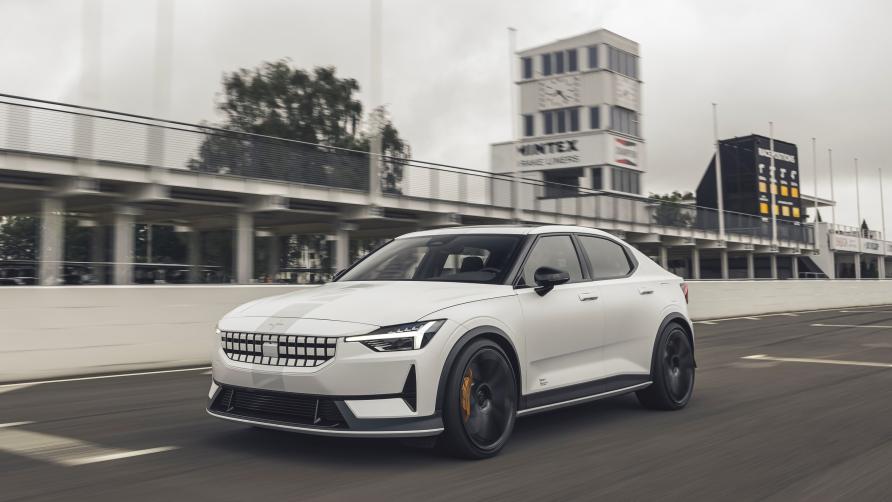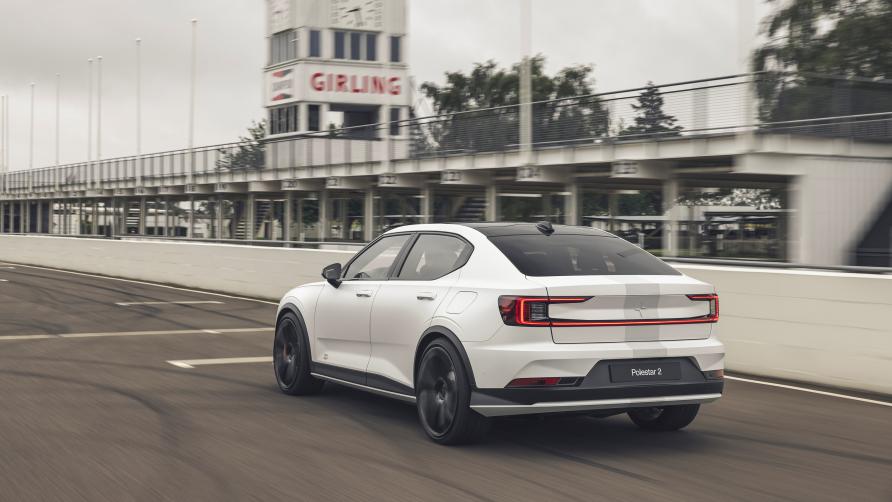Polestar 2 Experimental review: stiffer, more powerful EV driven
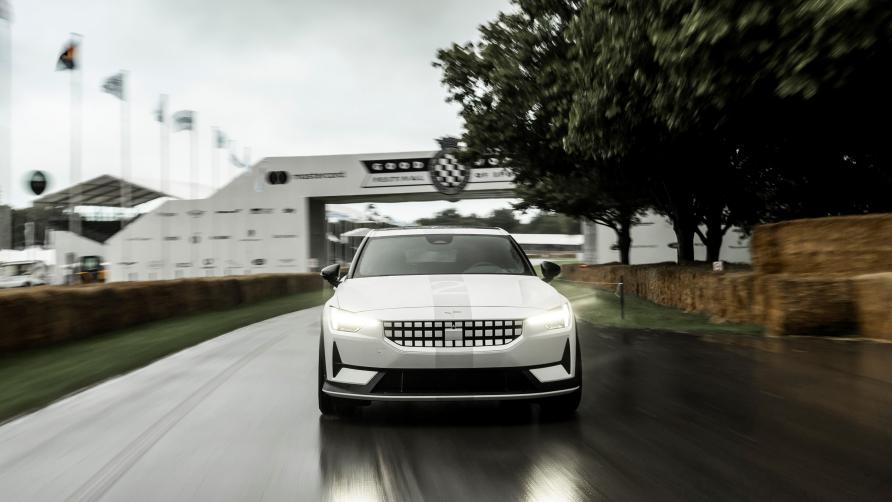
What’s special here?
Polestar is reinforcing its status as an electric brand that cares about the driving. This is the Polestar 2 Experimental: more power, stiffer suspension, unlikely to ever go into production.
Let’s deal with the good parts of that first. Here’s CEO Thomas Ingenlath: “I challenged the design and engineering teams to play with Polestar 2 and come up with something that makes a strong statement.”
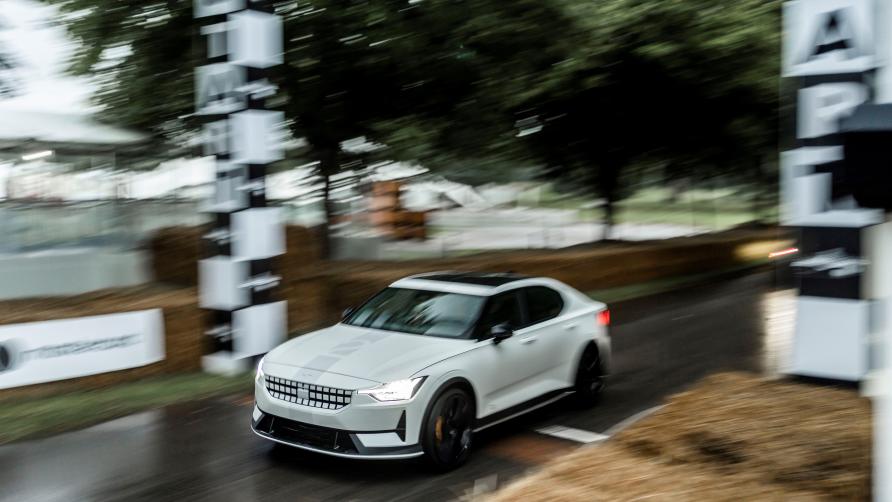
What does that statement look like?
Design-wise we’re limited to new front and rear bumpers with a re-coloured grille, but under the guidance of chief chassis engineer Joakim Rydholm, the engineering has gone further. The suspension has been dropped 30mm, the track width is up 20mm courtesy of the bigger 21-inch wheels needed to contain the six-piston Akebono brakes taken from the Polestar 1.
The springs rates are up 80 per cent at the front, 40 at the back and the Performance Pack’s two-way adjustable Ohlins dampers have been switched out for a set of the firm’s three-way dampers. They’re around 30 per cent stiffer, but now adjust for both high and low speed compression as well as rebound.
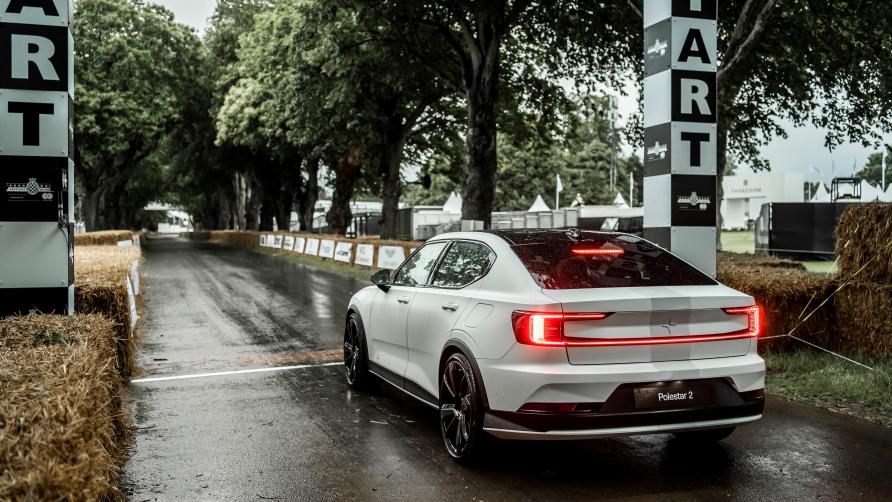
This is getting geeky.
Bear with us. The remote reservoirs have been beautifully packaged under the bonnet, just in front of a new slender steel strut brace. For extra stiffness that’s carbon wrapped. “We tried [wrapping it in] two layers of carbon, four, eight and 12”, comments Rydholm, “and four was the best solution”. A simpler metal brace sits proud in the boot, an indication this car isn’t intended for production.
Tweaking the software has boosted power from 402bhp to 469bhp. Torque remains unchanged at 600 Nm ft. No performance figures have been confirmed, but the prototype ought to be quicker than the standard car from 0-100 kph (so sub 4.7 seconds, though its 204 kph top speed may not change). This car's more about handling anyway.
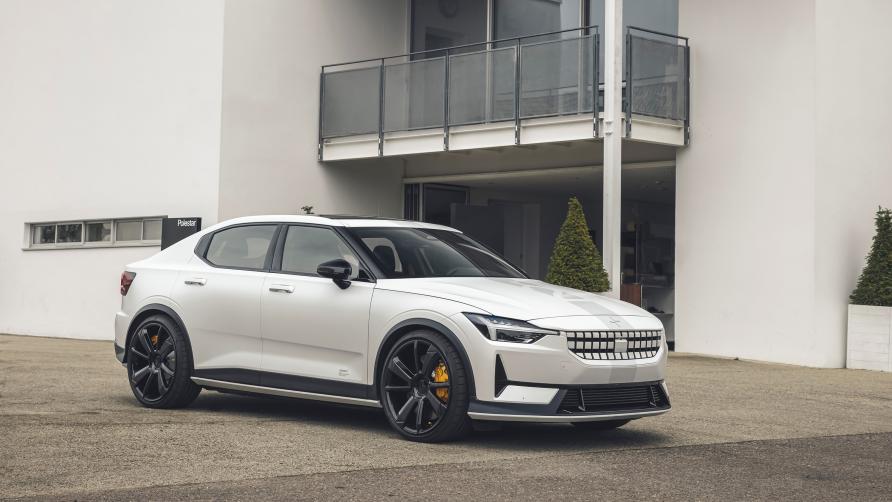
Shame I can’t buy one…
I dread to think of the cost of the components – the two-way Ohlins cost £5,500 (RM320k) as part of the standard car’s Performance Pack (that had a high take up to start with, but has since dropped), so this three-way set-up would presumably double that if it were to reach the options list.
The powertrain is just a means of gathering pace ready for the next brake and corner. No character or excitement from that side of things, just the usual instant muscle. It’s not as quick in a straight line as a Tesla Model 3 Performance, I reckon, but it’s so, so much better once you start to turn the wheel.
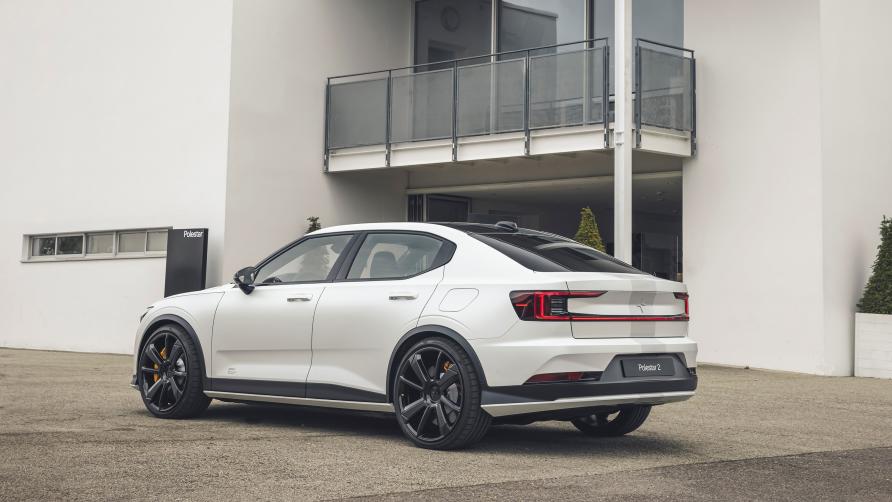
What are Polestar’s intentions for the car?
This experiment will obviously add learning into the team that they’ll be able to take into the development of the Precept concept that’s due to make production in 2023. I don’t think there’s much of a market for a tauter, lower slung Polestar 2, but I do think this communicates that Polestar cares about how electric cars drive and, Porsche aside, we’ve not been hearing that from many other firms.
It’s not Polestar’s be-all and end-all – this is a design and technology-led company – but it’s laid the groundwork already with the 1 and 2, and clearly wants to keep this dynamism in the foreground. Although maybe just as a refresher ahead of the arrival next year of the larger 3 SUV, surely Polestar’s least dynamic car so far.
